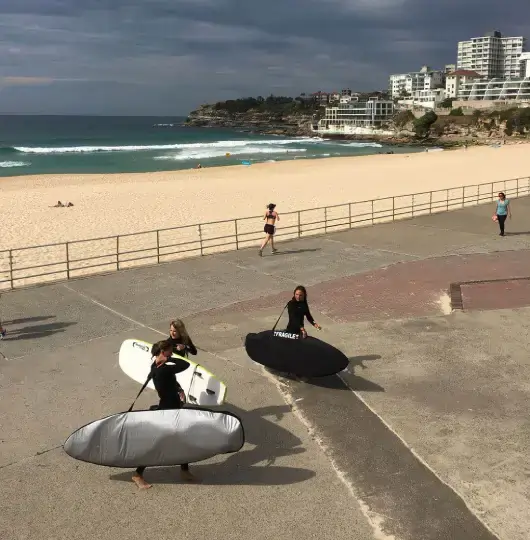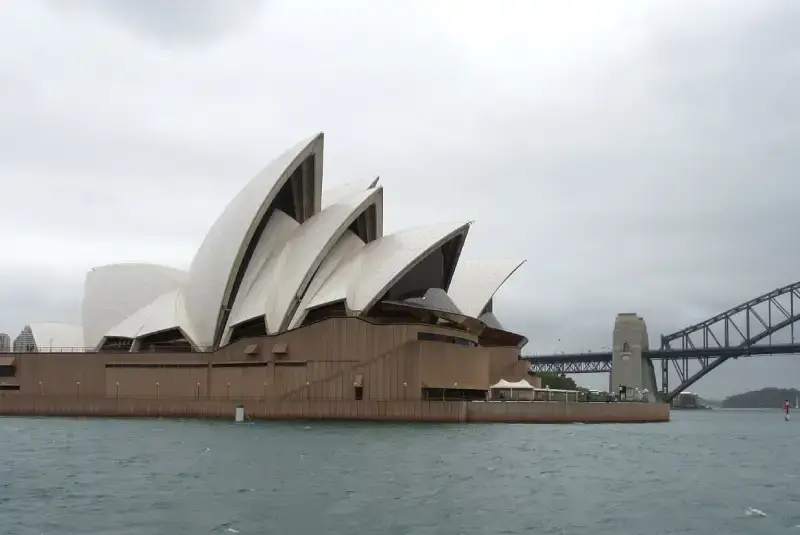
ABOUT VISACONNECT
20 Years of Experience in
Visa and Immigration Advice
Specialist Migration Agents and Lawyers assist clients worldwide!
Global Immigration is fast-changing, there are many Laws, Regulations and Policies. Contact our experienced Consultants for up-to-date Visa advice, Tips and Assistance to get your Visa Approved the first time!
- Fast, personalised video or office Consultations
- Free email Visa Assessment
- Up-to-date Knowledge of Immigration Laws
- We Save you time, Avoid Mistakes and Visa refusals
- Experienced with complete Visa Process
OUR COMPANY
Since 2003 we have
Offices worldwide
We have been assisting Students, Skilled Professionals, Investors, Business-persons, Family migrants and Visitors from all over the world, including many clients from India, China, Vietnam, Singapore, Hong Kong, USA, UK and South Africa.
In 2025, VisaConnect has Offices in Hong Kong, Singapore, London, UK as well as Sydney, Australia.

OUR CONSULTANTS
Meet Our Dedicated Team
Contact our Team of Migration Consultants anytime, by Email, Phone or complete our online Contact A Specialist form for Global Visa or Immigration advice and assistance!


REVIEWS
TESTIMONIALS OF VISACONNECT
LATEST NEWS
VisaConnect’s News from
Global Immigration News
VisaConnect’s Migration Agents provide Global Visa and Permanent Residence advice and assistance. Also, we assist with EU Citizenship by Descent applications. Our consultants can assist you online with a FREE initial Visa eligibility assessment or at our offices in Hong Kong, Singapore, London and Sydney, Australia.







